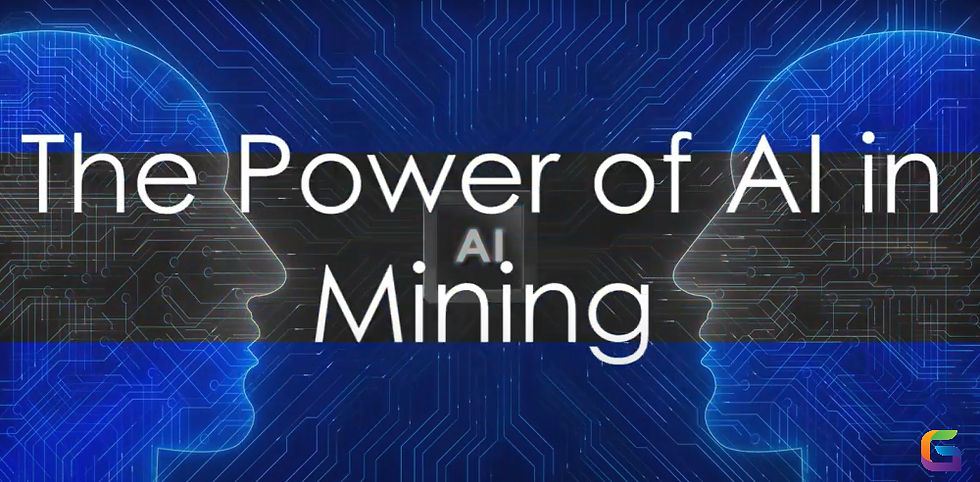Can AI Predict the Next Wildfire? Using Machine Learning on Maps in California’s Fire Crisis.
- GeoWGS84

- May 30
- 3 min read
Devastating wildfires have become more frequent in California due to drought, urbanisation, and climate change. Conventional forecasting techniques are no longer enough. Then came machine learning (ML) and artificial intelligence (AI), which use enormous geographic datasets to improve early warning and wildfire prediction systems. In this post, we explore how AI, powered by ML algorithms and satellite mapping, is transforming California’s wildfire preparedness.

The Role of Machine Learning in Wildfire Prediction
Machine Learning: What Is It?
A branch of artificial intelligence called machine learning makes predictions by using algorithms to learn from data. In order to anticipate where fires are likely to occur, machine learning models are trained using topography maps, vegetation indices, weather data, and historical fire data.
Why California?
California offers a special environment for predicting wildfires because of its:
Fire history datasets with high resolution (CAL FIRE, USGS)
Various microclimates and topographies
Regular fire incidents, which enable the creation of sizable training datasets
Key Data Inputs for AI-Based Wildfire Prediction
To build a robust wildfire prediction model, we need multi-source geospatial data. Here are the key inputs:
Data Type | Source | Use Case |
NASA MODIS, Landsat, Sentinel-2 | NDVI, burn scar analysis, vegetation mapping | |
Weather Data | NOAA, ECMWF | Temperature, wind speed, and humidity |
Topographic Data | USGS DEM, LiDAR | Slope, aspect, elevation |
Historical Fires | CAL FIRE, FRAP | Fire frequency, burned areas |
Human Activity | OpenStreetMap, Census Data | Urban interface, power lines, roads |
To identify trends and categorise areas that are prone to fire, these datasets are input into Gradient Boosting Machines (GBMs), Random Forests, or Convolutional Neural Networks (CNNs).
Methods for Mapping AI-Powered Fire Prediction
1. Modelling based on raster
Pixel-level fire risk prediction is made possible by machine learning models that use raster data layers as features. Multidimensional information is contained in every pixel, including:
load of fuel
Being close to infrastructure
Index of soil moisture
Index of fire weather (FWI)
With the use of near-real-time satellite feeds, these maps can be updated every day or even every hour.
2. Temporal and Spatial Analysis
Recurrent neural networks (RNNs) and long short-term memory (LSTM) networks are used by AI models to analyse temporal sequences, which is essential for comprehending how circumstances change over time.
3. Simulation of Fire Spread and Heatmap Creation
Probabilistic heatmaps illustrating the possibility of fire initiation throughout California can be produced using AI. Responders can better understand how a fire might develop in different wind and terrain circumstances when used with fire spread models (such as FARSITE and FlamMap).
Challenges in AI-Based Wildfire Prediction
Despite the potential, several obstacles still exist:
Data Availability and Quality: Training may be hampered by erratic or overcast satellite imagery.
Model Generalisation: Without retraining, machine learning models developed in one area could not perform well in another.
Interpretability: Deep learning models are frequently black-boxes, particularly CNNs and RNNs.
Real-Time Computation: During the busiest fire seasons, quick analysis is challenging due to high processing expenses.
The Future: Integrating AI with IoT and Drones
Integrating ML with edge devices is the next frontier:
IoT sensors for monitoring temperature and humidity in the woods in real time
Thermal camera-equipped drones for identifying hotspots
Edge AI chips can handle local data without relying on the cloud.
When combined, these technologies may provide an end-to-end wildfire early warning system that can track spread in real time and predict ignition.
Although they are not panaceas, AI and machine learning are revolutionising the field of wildfire forecasting. California can better predict and lessen the damage from future fires by combining satellite imagery, geospatial mapping, and sophisticated modelling approaches. AI has the potential to be the foundation of climate-resilient catastrophe response as models and data pipelines develop.
For more information or any questions regarding the future of AI in wildfire, please don't hesitate to contact us at
Email: info@geowgs84.com
USA (HQ): (720) 702–4849
(A GeoWGS84 Corp Company)




Comments